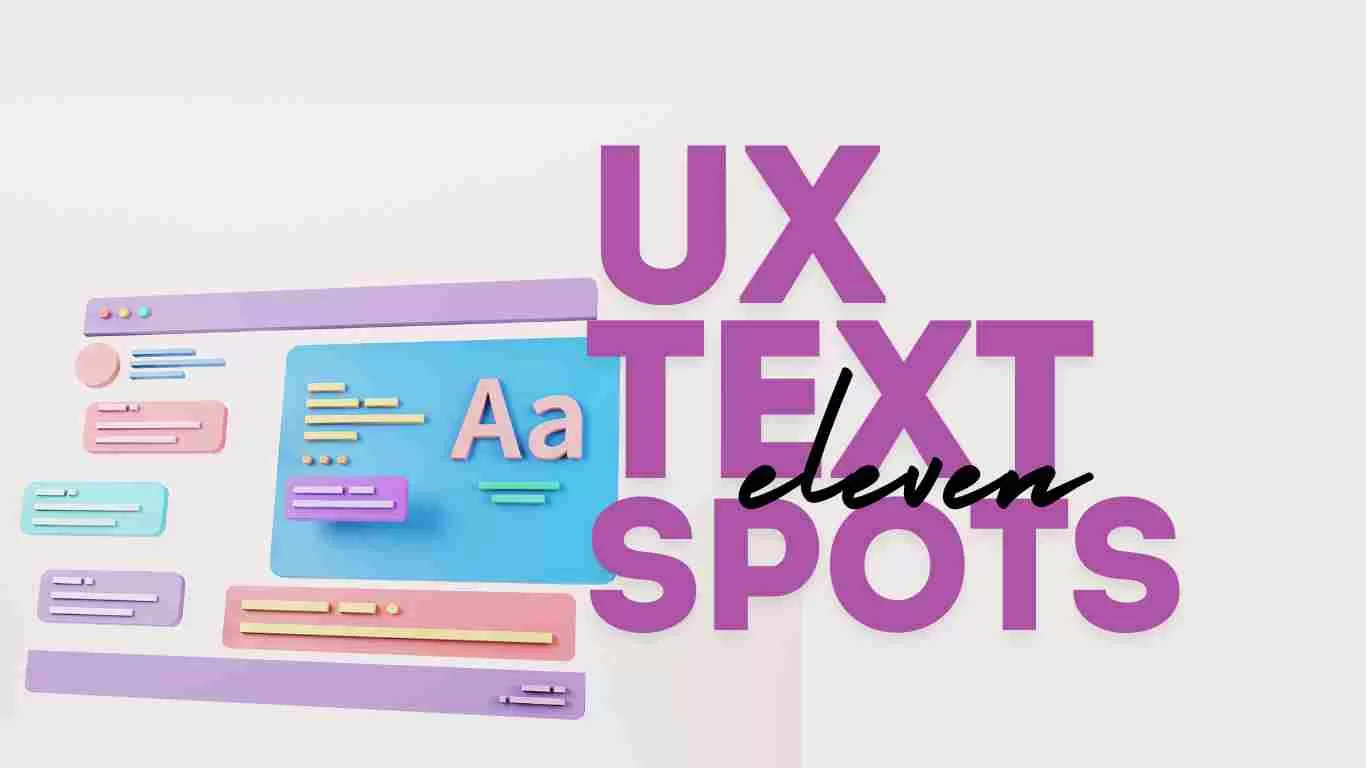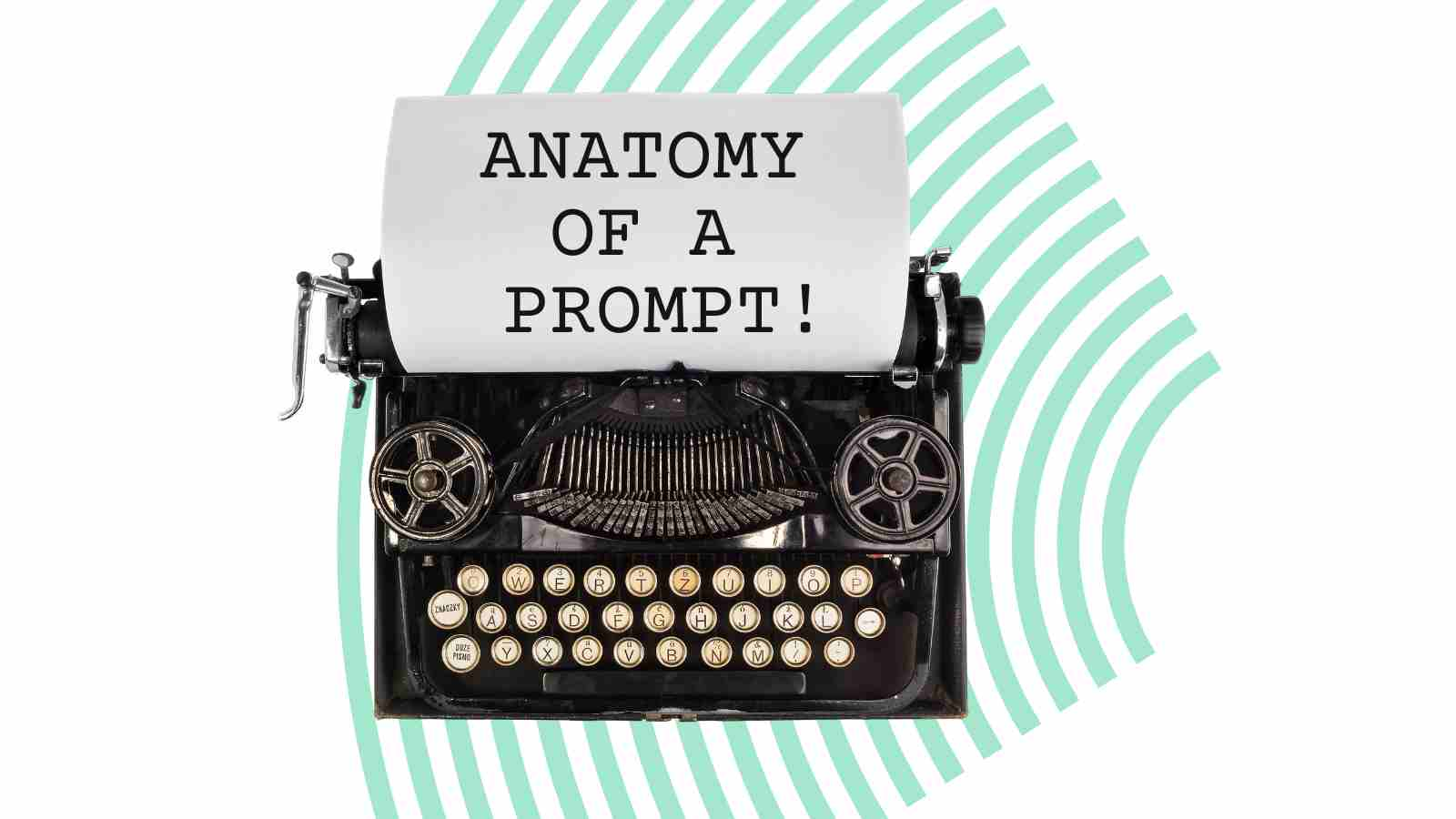with These Key UX Text Optimize Your Website to Boost User Interaction And Experience
When it comes to creating an excellent user experience (UX) on your website, it’s about more than just good looks and easy navigation.
Strategic placement of UX text is crucial for guiding users, simplifying processes, and enhancing engagement.
By paying close attention to critical areas such as page titles, buttons, error messages, and more, you can effectively ensure that your website communicates clearly and efficiently meets user needs.
In this guide, we’ll look at 11 essential UX text placements that can ramp up user interaction and satisfaction, helping you create a more intuitive and user-friendly online experience.
Table of Contents
Most important places for UX text
Titles
The title is a crucial UX text element that should correspond to the button leading to the page. This creates a sense of familiarity and ease for the user, making them feel comfortable with the interface.
For instance, the ‘See Products’ button should lead to a Products’ page, not ‘Shop’. There are different ways to give a title to a page:
- Brand name: When using the brand name as the title, the main purpose is to create brand awareness. It provides a wide context, namely that the user is in the Brans’s experience, but it does not tell specifically where the user is in the flow.
- Content name: When the content of a page is homogeneous, the title can name the content very accurately.
- Ambiguous task: When multiple or complex tasks can be performed on the page, the title should cover the entire range of actions to reassure the person that they are at the right place. For this, the writer has to understand the user’s goals and motivation to find the right word.
- Single task: When there is only one task to complete on the page, the title acts as an instruction to reinforce the correct action.
Buttons and other interactive text
Buttons work best when they use (UX text) language that the user is familiar with, as this reassures them that they are in a familiar environment.
The text should be context-specific, rather than a general ‘OK’, and optimally 1-2 words long. Verb-first buttons are used as a call to action, giving the user a sense of control. Nouns are used as options in a menu or a list.
Adding icons can clarify the action. When paired with single action titles, buttons are most effective when using the same verb. (Title: Create Account, Button: Create Account, not Save. )
Descriptions
The primary objective of crafting these text snippets is to offer precise guidance to individuals, effectively manage their expectations, convey the distinctive personality of the brand, mitigate potential risks, and provide comprehensive explanations.
It is essential that each snippet is succinct, with a maximum of 3 lines and 40 characters per line.
Empty states
The term’ empty state’ refers to a screen or page with no content. The text’s purpose in an empty state is to show that the empty state is intentional and to explain what the person can expect if he/she takes an action.
Of course, free real estate should be utilized to place a call to action to guide the person in filling up the empty space. If that is impossible, the text should clearly state that filling that space is not the user’s task.
Labels
Labels’ purpose is to minimize the effort to understand the experience. It is important to use the UX text (language) that the people are familiar with and avoid confusing jargon.
Labels are usually noun phrases and adjectives that name or describe things and are mainly used for sections, categories, status, progress, quantity, and unit.
Controls
When implementing radio buttons, toggles, and checkboxes, it is crucial to clearly communicate to users the options available for customization, such as selecting specific notifications to enable.
Grouping these controls together can significantly reduce the cognitive load on users, making the interface more user-friendly and intuitive.
Text input field
To help people understand what kind of text is expected, labels can be outside the text field, which will stay there when the person starts entering the information.
On the other hand, text can be inside the text field that disappears when information is entered. Both solutions are widely used, but from an accessibility perspective, the first one is recommended.
Transitional text
When an action is taken, but the result is delayed, transitional text confirms that the action is progressing to reduce anxiety.
This can be seen in loading screens or progress bars. Using present continuous verb form to show progress/transition is best practice, for example, ‘Uploading your file…’ or ‘Preparing your report…’
Confirmation message
After a user completes an action, such as submitting a form or making a purchase, it is essential to provide a confirmation message to reassure them that their intended progress or results have been successfully accomplished.
This can help to alleviate any uncertainty or doubt they may have had. Using the past tense, such as “Your form has been submitted” or “Your purchase has been completed,” effectively communicates the sense of finality and completeness, contributing to a positive user experience.
Notifications
Notifications inform or remind a person to engage with the product.
They can interrupt people to grab their attention for various purposes: a notification about a promotion, entertainment, warning, or a system update. In any case, a notification must communicate its content’s value and timeliness.
Depending on the purpose and engagement strategy, a notification can appear within the app or outside (push notification). For example, a push notification could be ‘New message from [user]’ or ‘Your order has been shipped.’
Errors
An error message’s primary purpose is to guide the user back on track. It indicates a problem and then provides clear, concise instructions on how to overcome it.
Giving verb-first, brief instructions is crucial and avoiding assigning blame is crucial. An error message can add details about the problem to satisfy curiosity, but this should only come after clear instructions.
This approach should explain the error clearly and precisely, avoiding jargon or over generalization to instil confidence in the user.
- Inline error messages happen when the error can be corrected immediately. The message is unobtrusive but visually outstanding enough to grab attention.
- A detour error message shows when a person can not reach their goal the way they want but can still reach it. The message gives instruction first and explanation second and offers clear action option(s).
- Blocking error: when the error is outside the experience’s scope. Clearly explains the mistake and gives instructions on how to overcome it.
Placing UX text in these 11 key areas boosts user interaction and creates a smooth and engaging website experience.
Excellent UX text writing helps users navigate easily and reflects your brand’s identity and values. By optimizing these meaningful text placements, you ensure that your website is user-friendly, accessible, and able to meet the diverse needs of your audience.
Try these strategies to make users happy and foster meaningful engagement with your brand!
Read more articles exploring the dynamic interplay between design, user experience, artificial intelligence, and technology here.





Leave a Reply